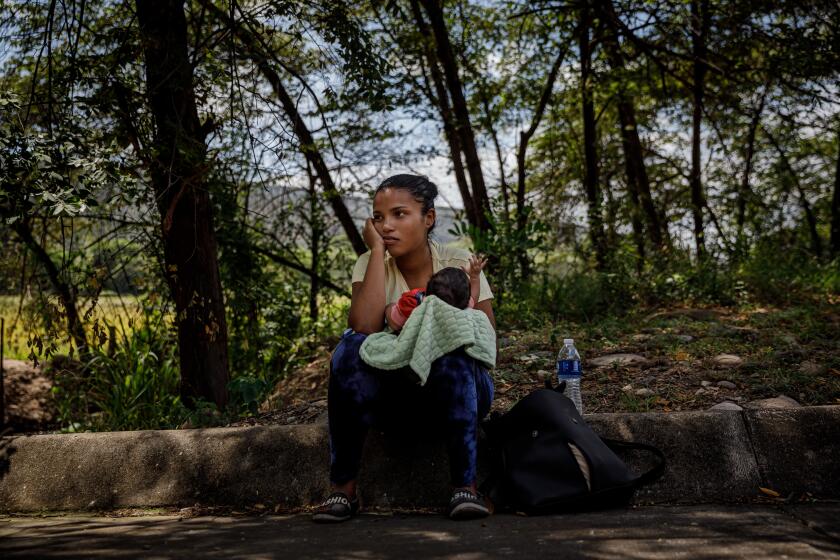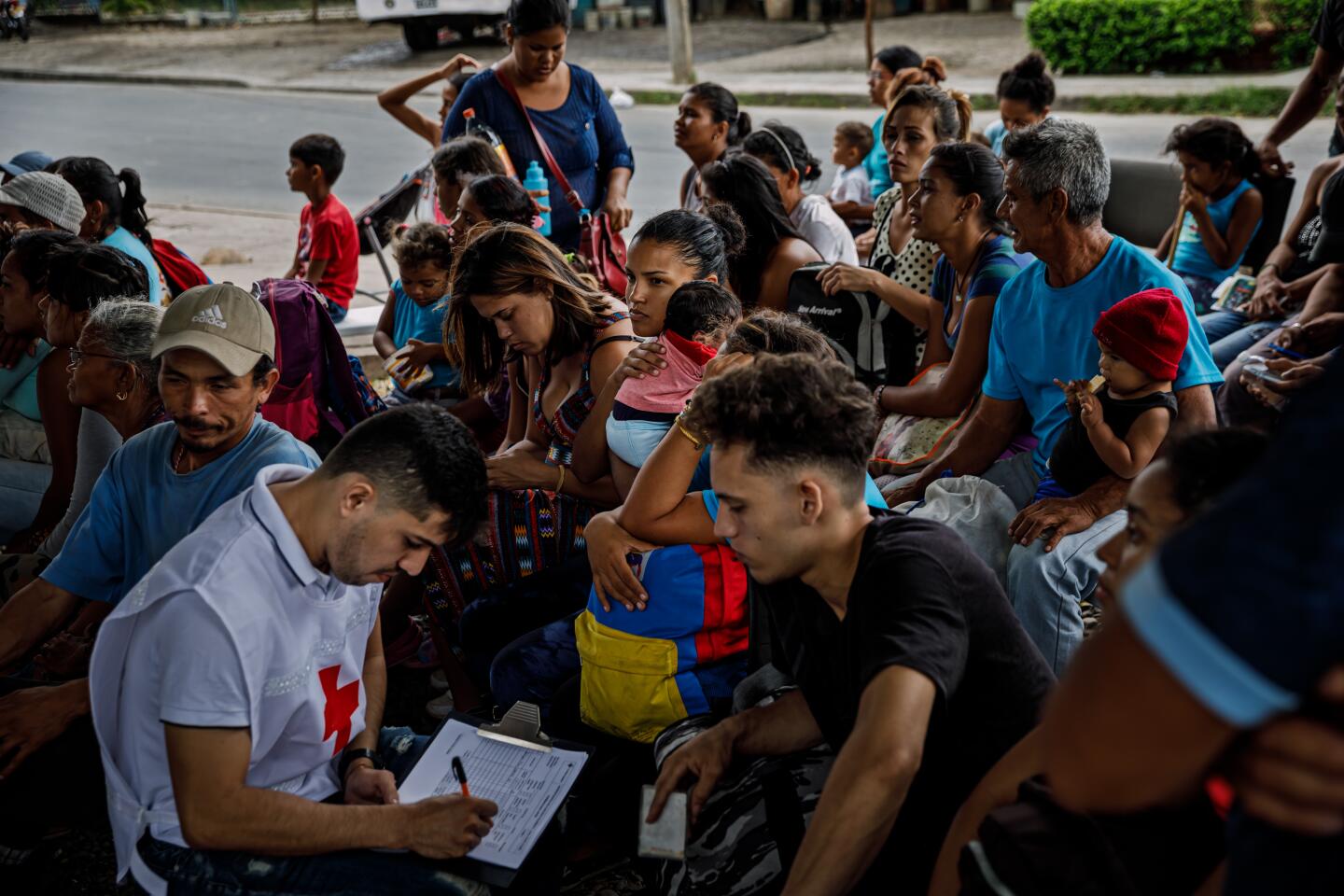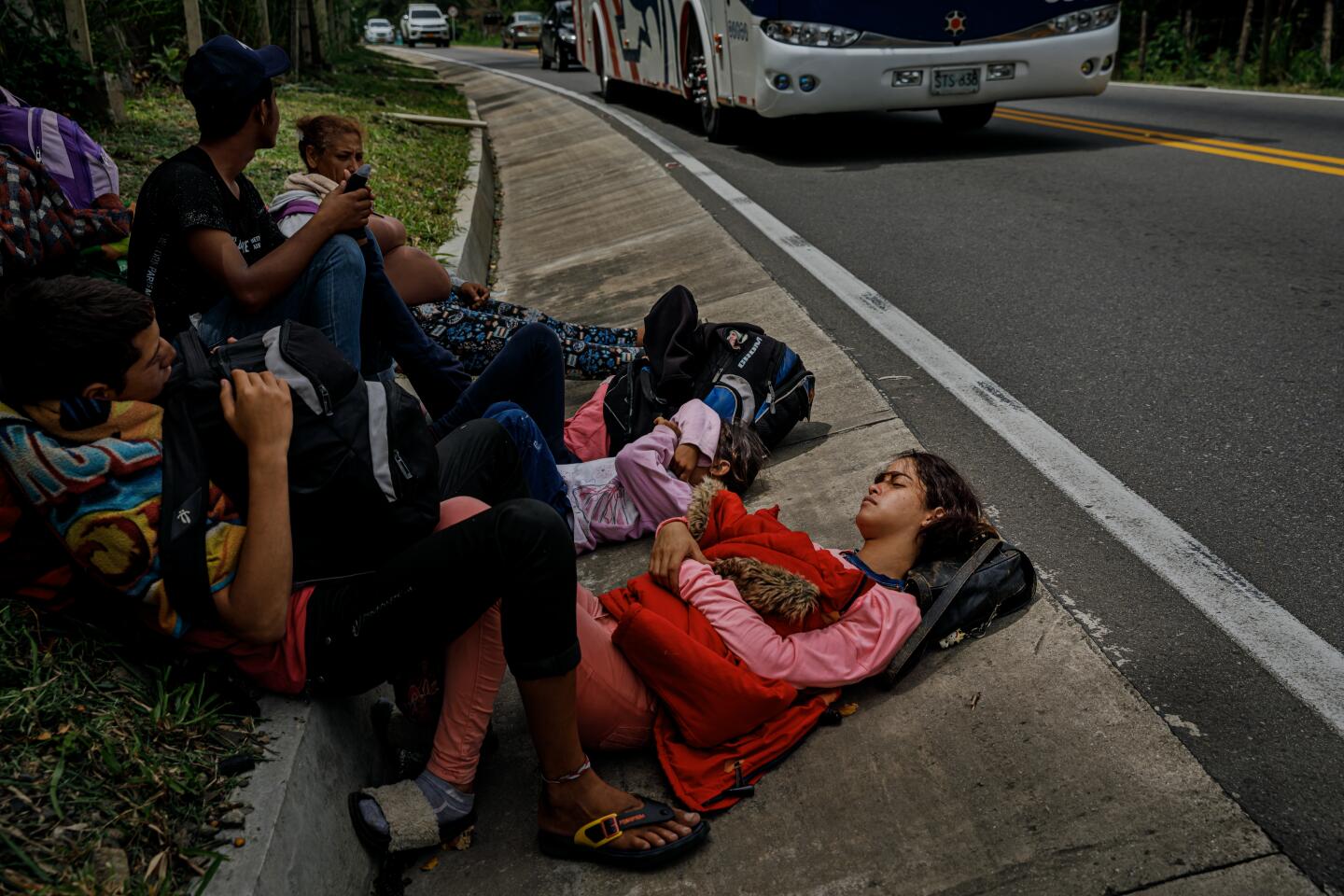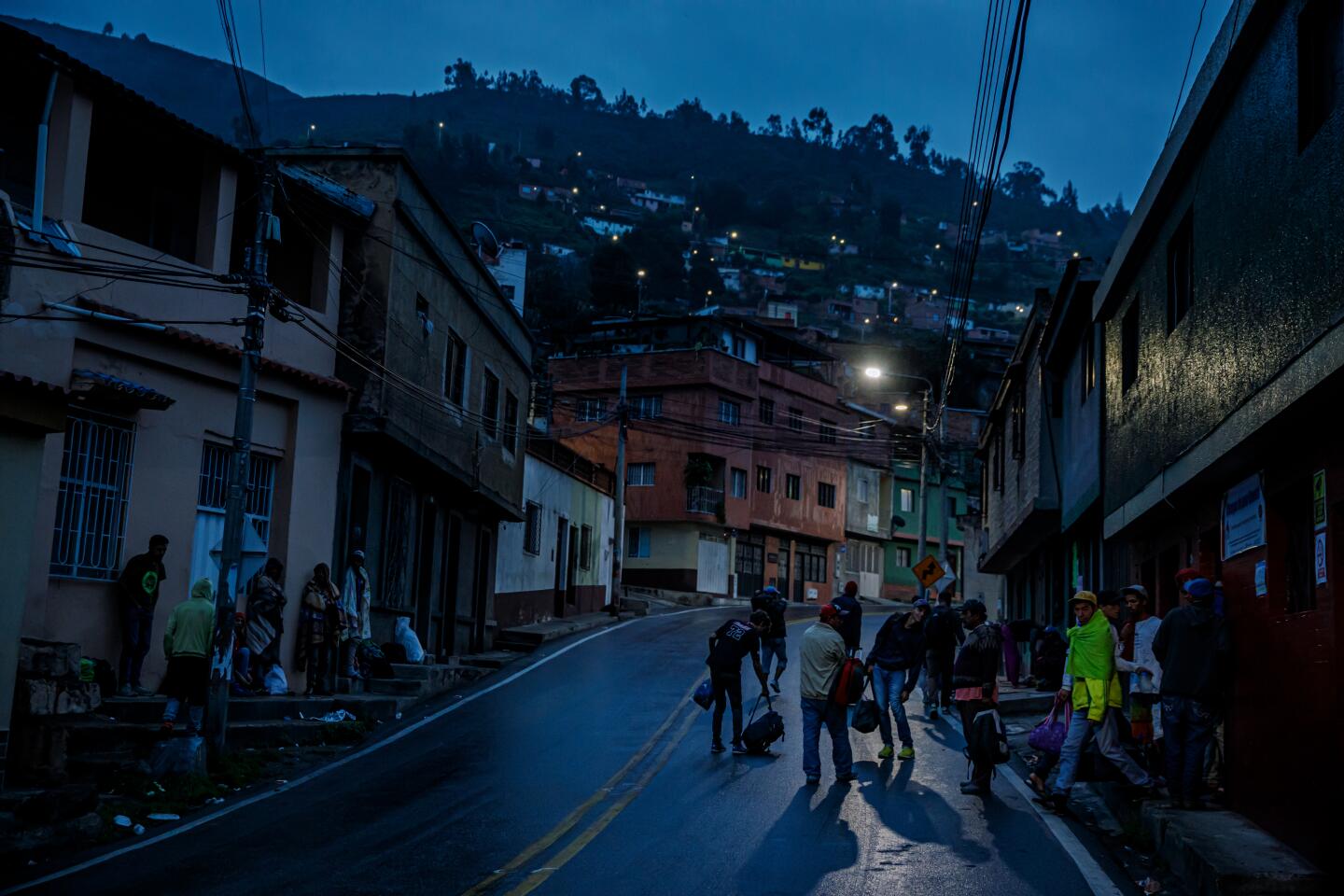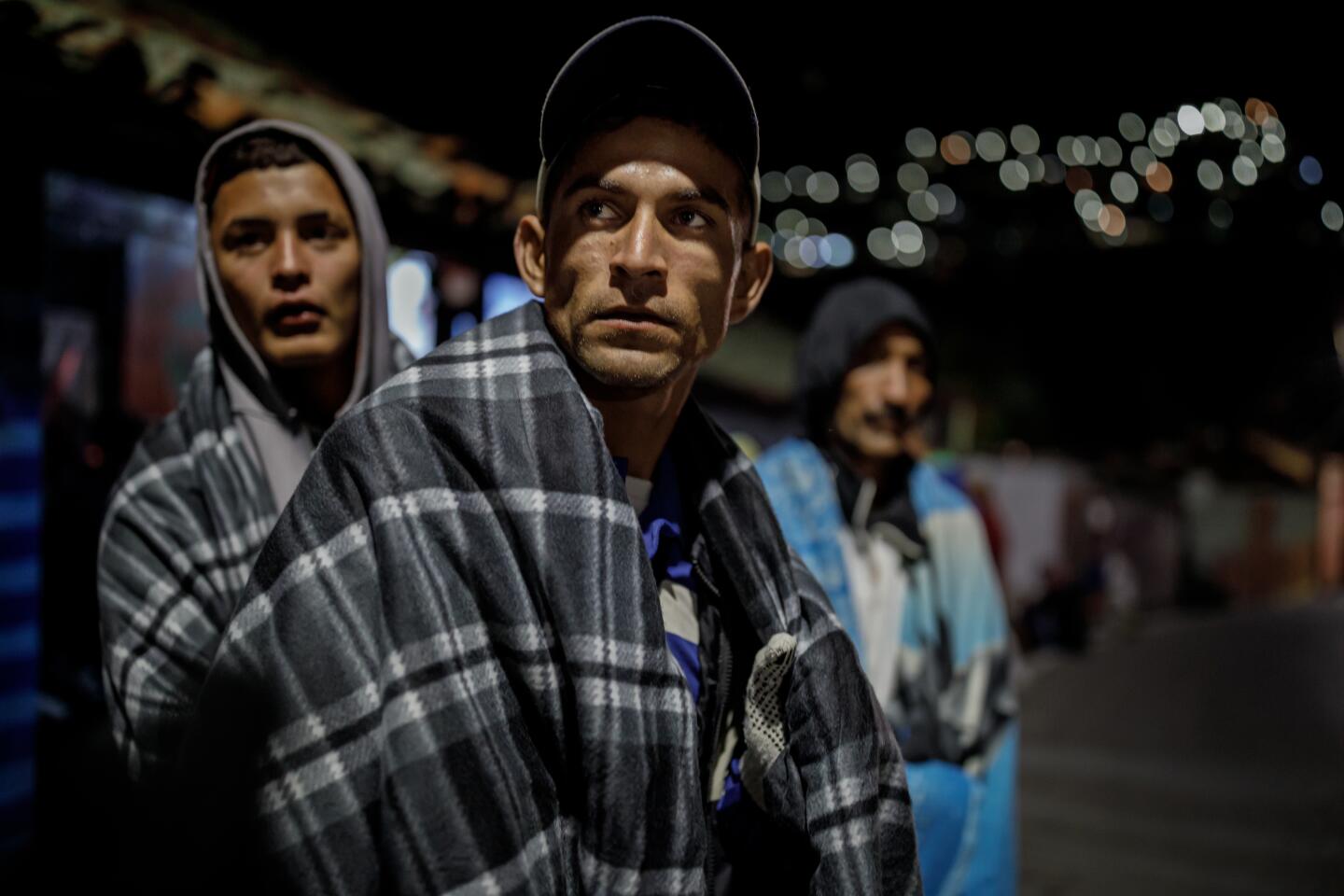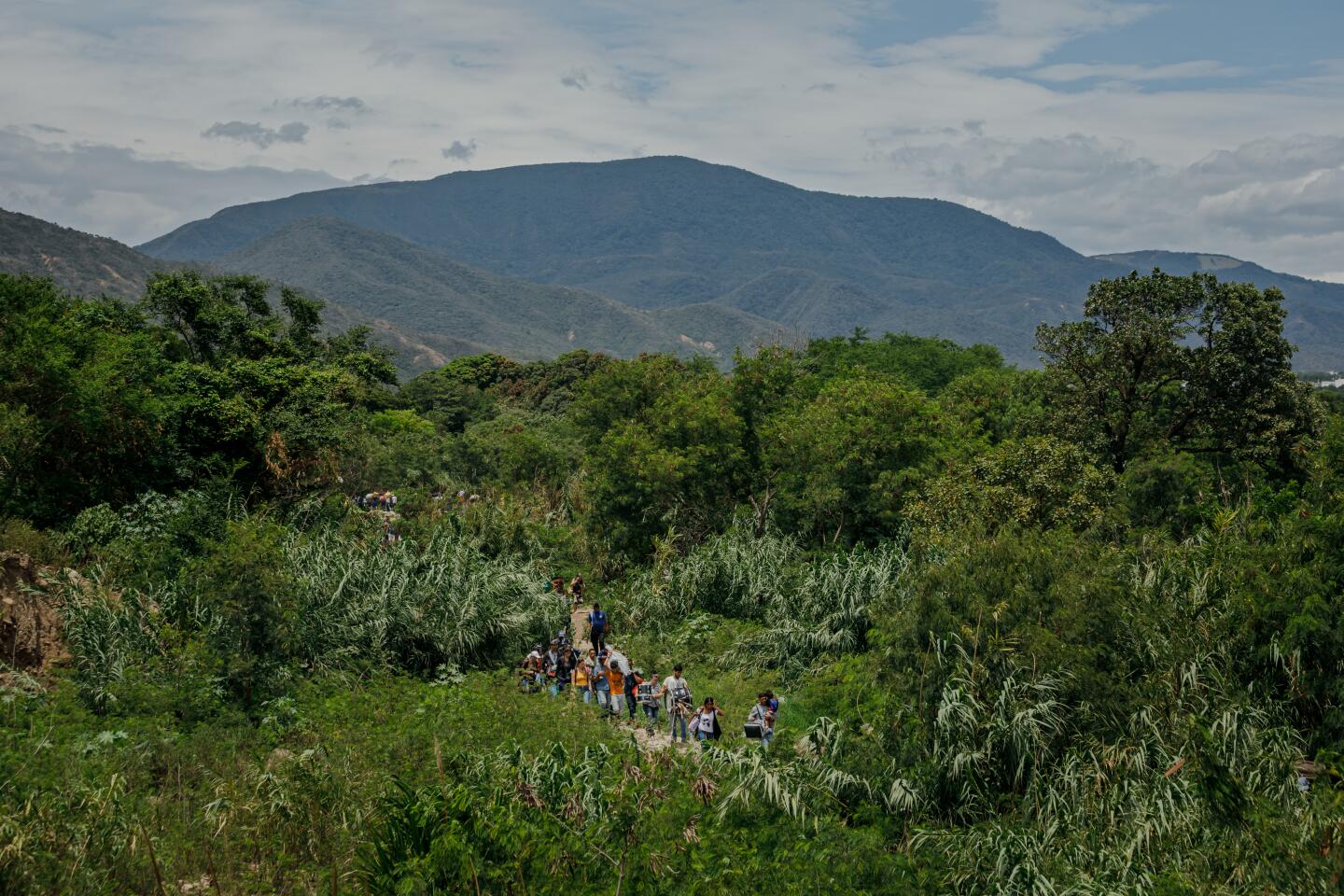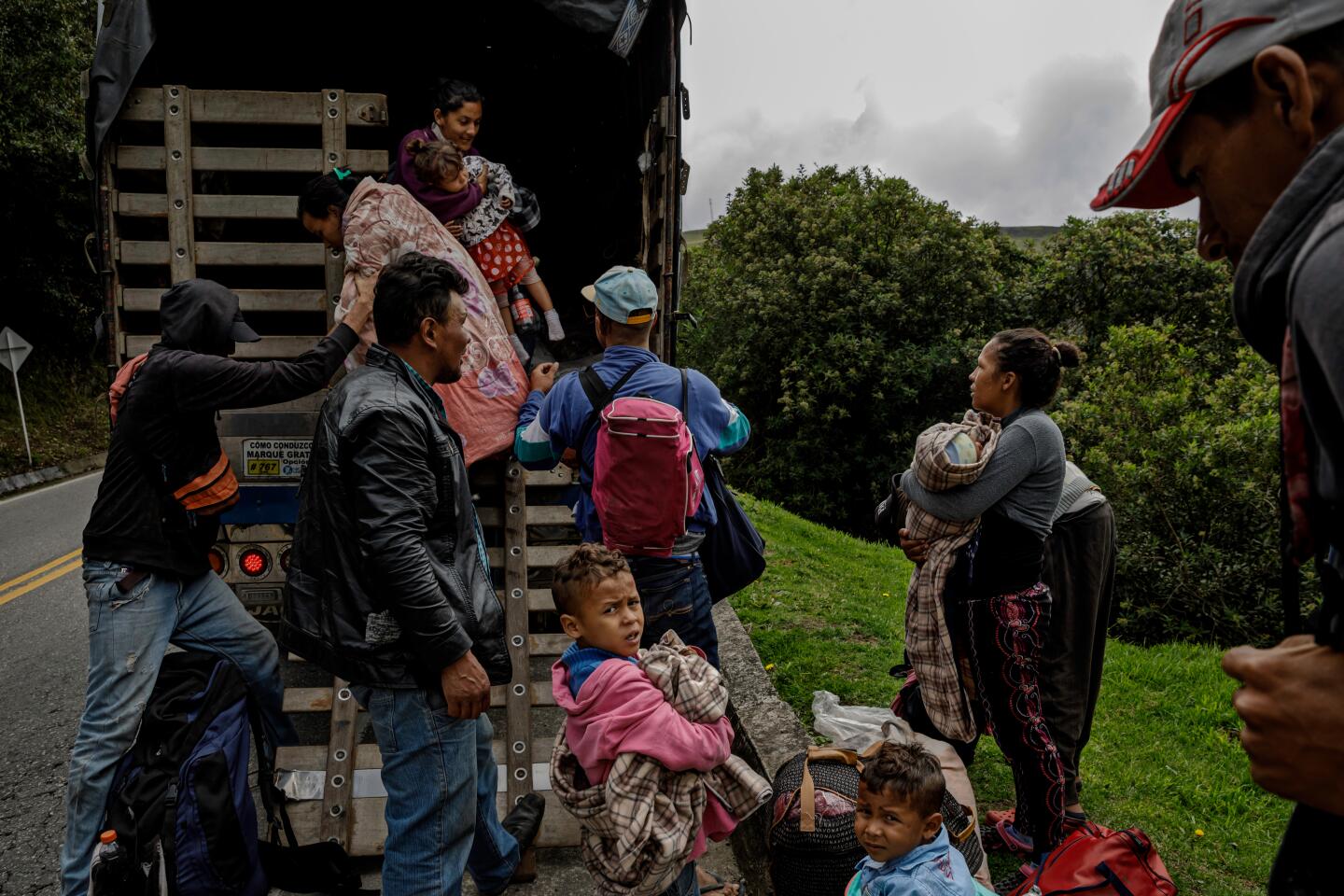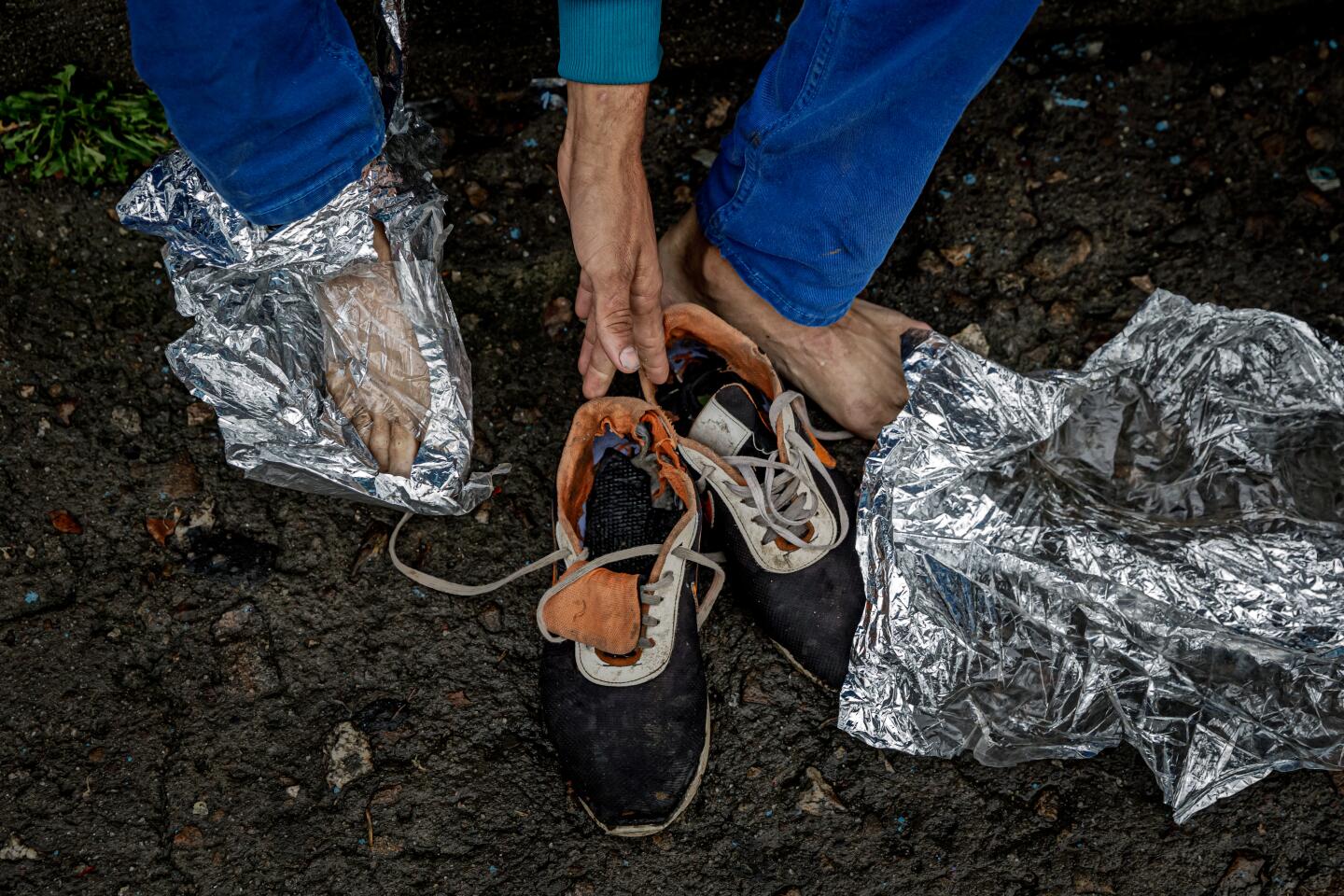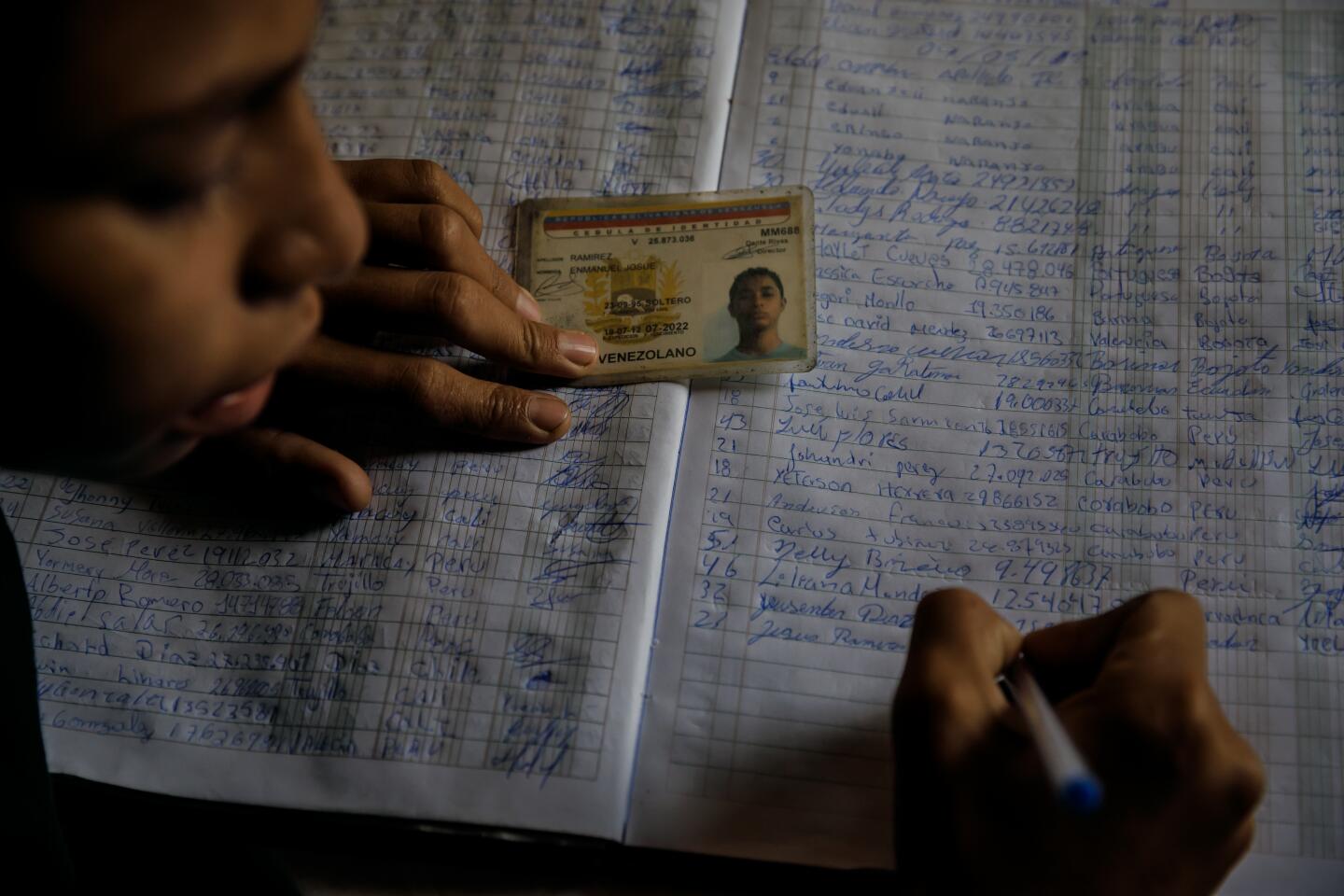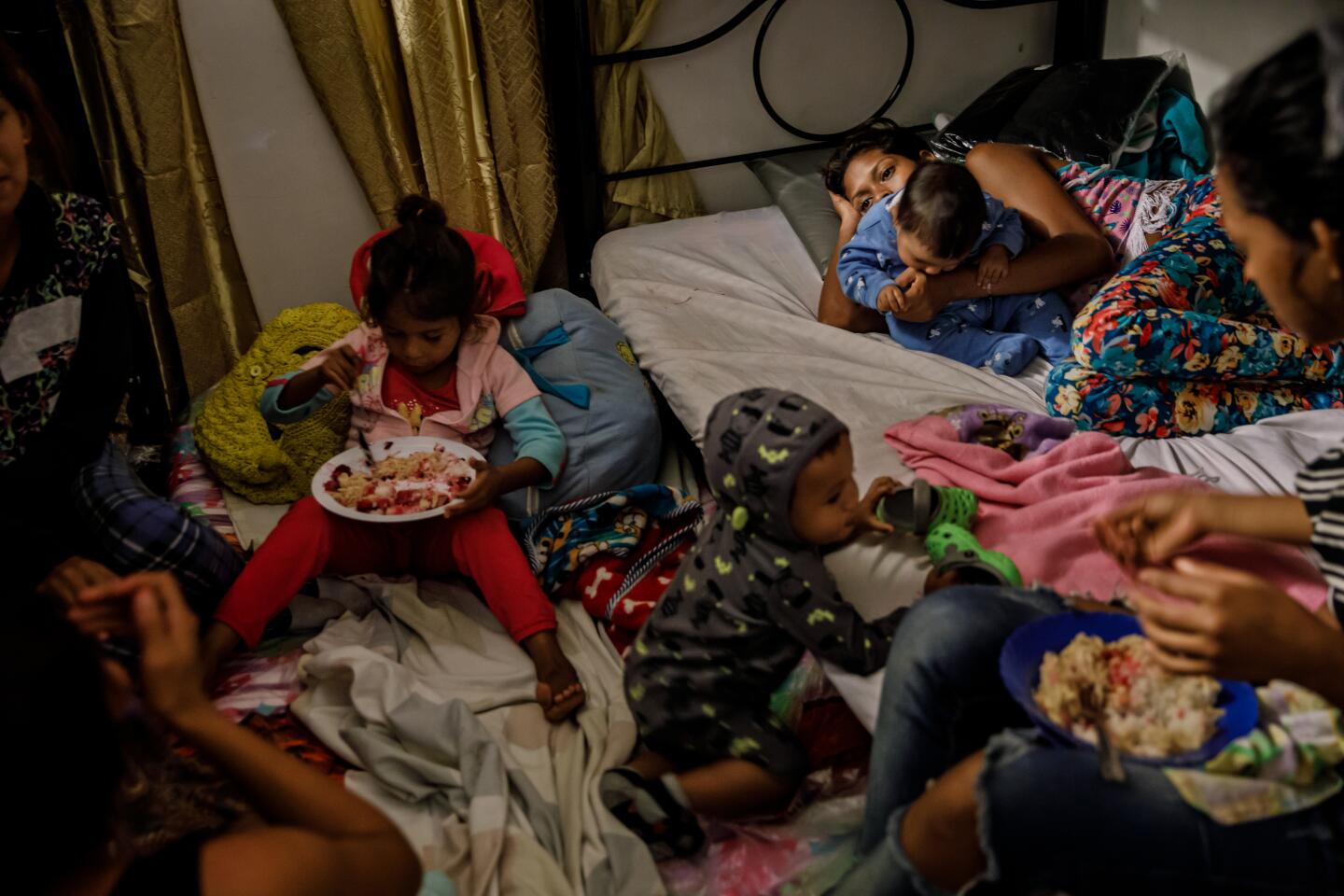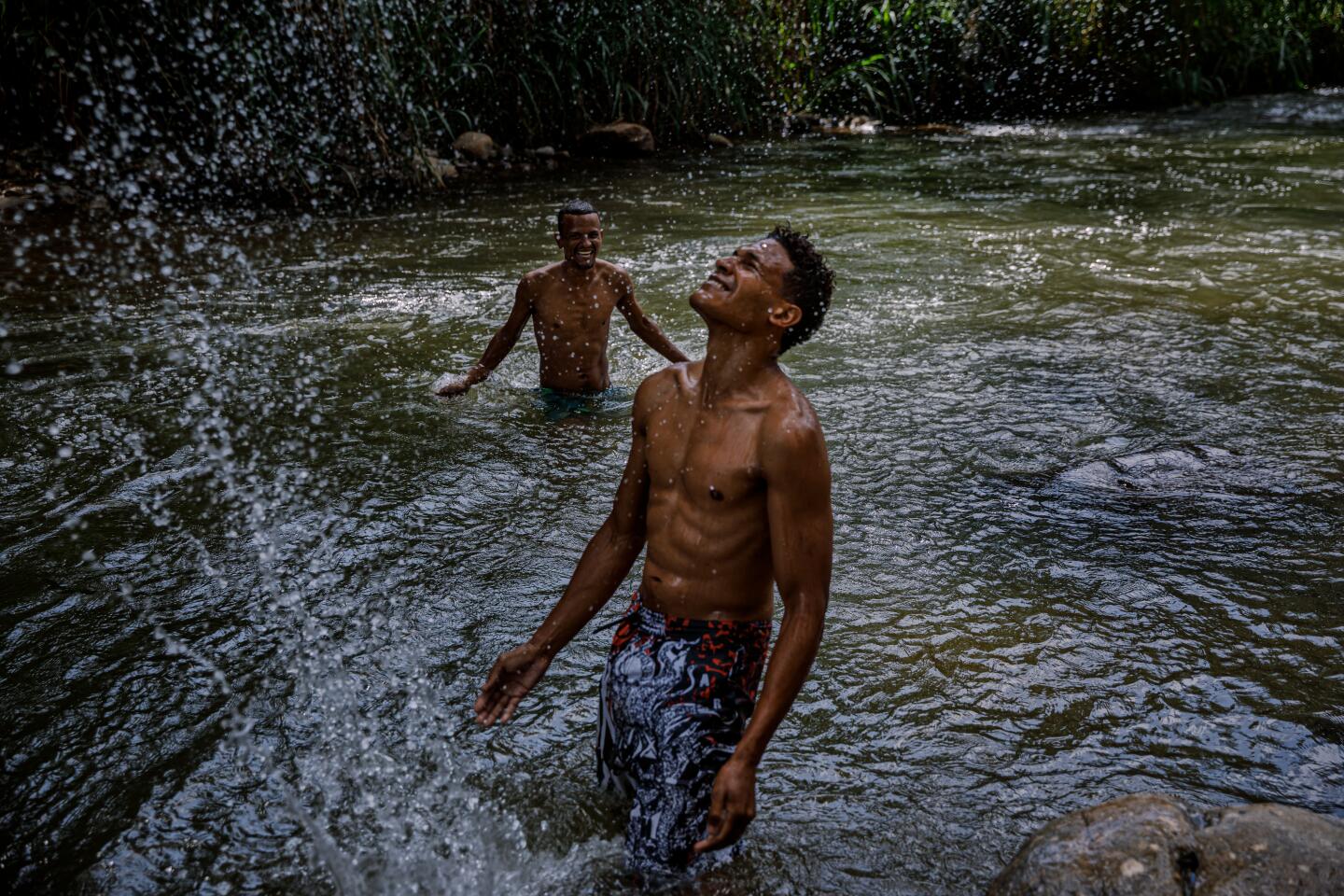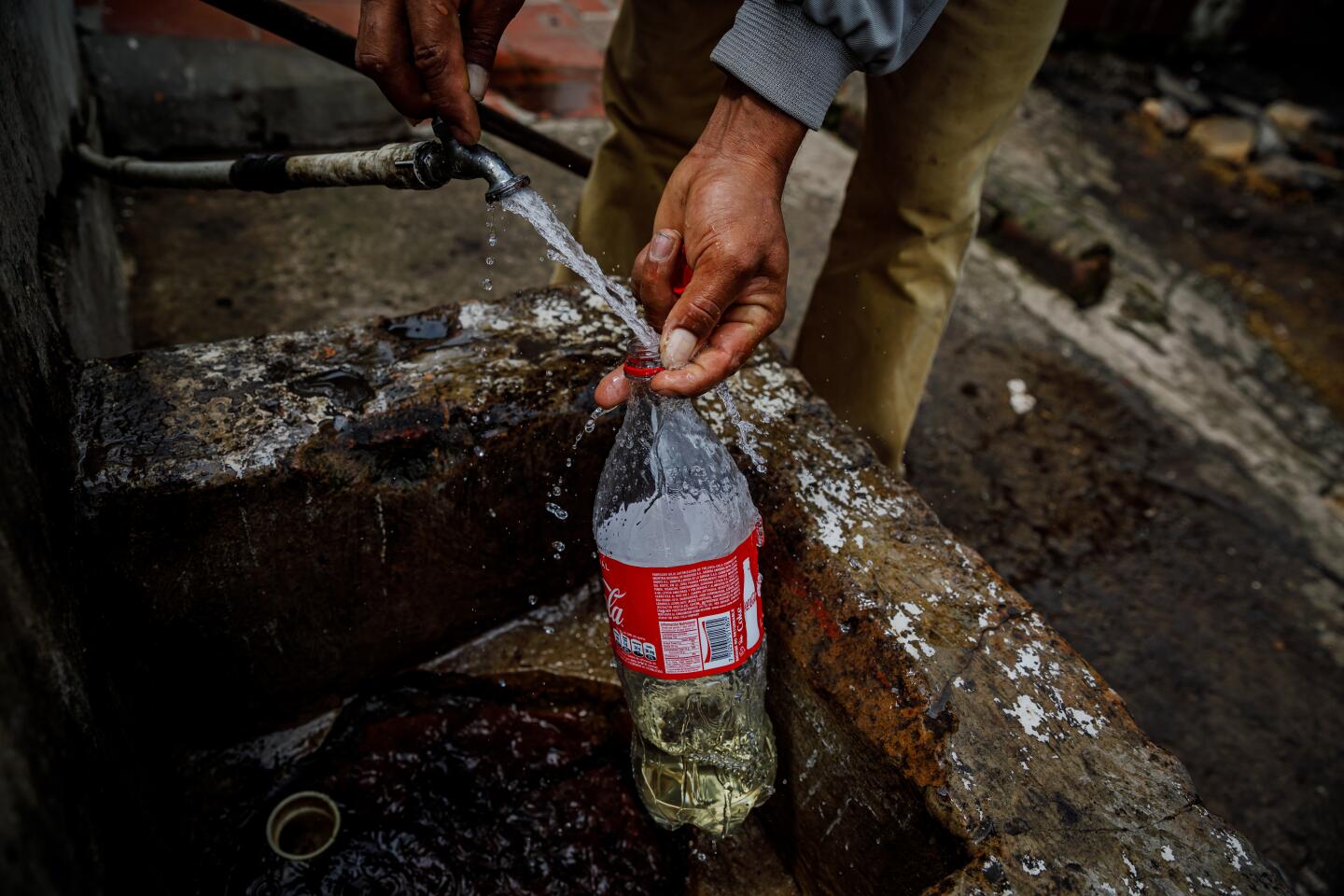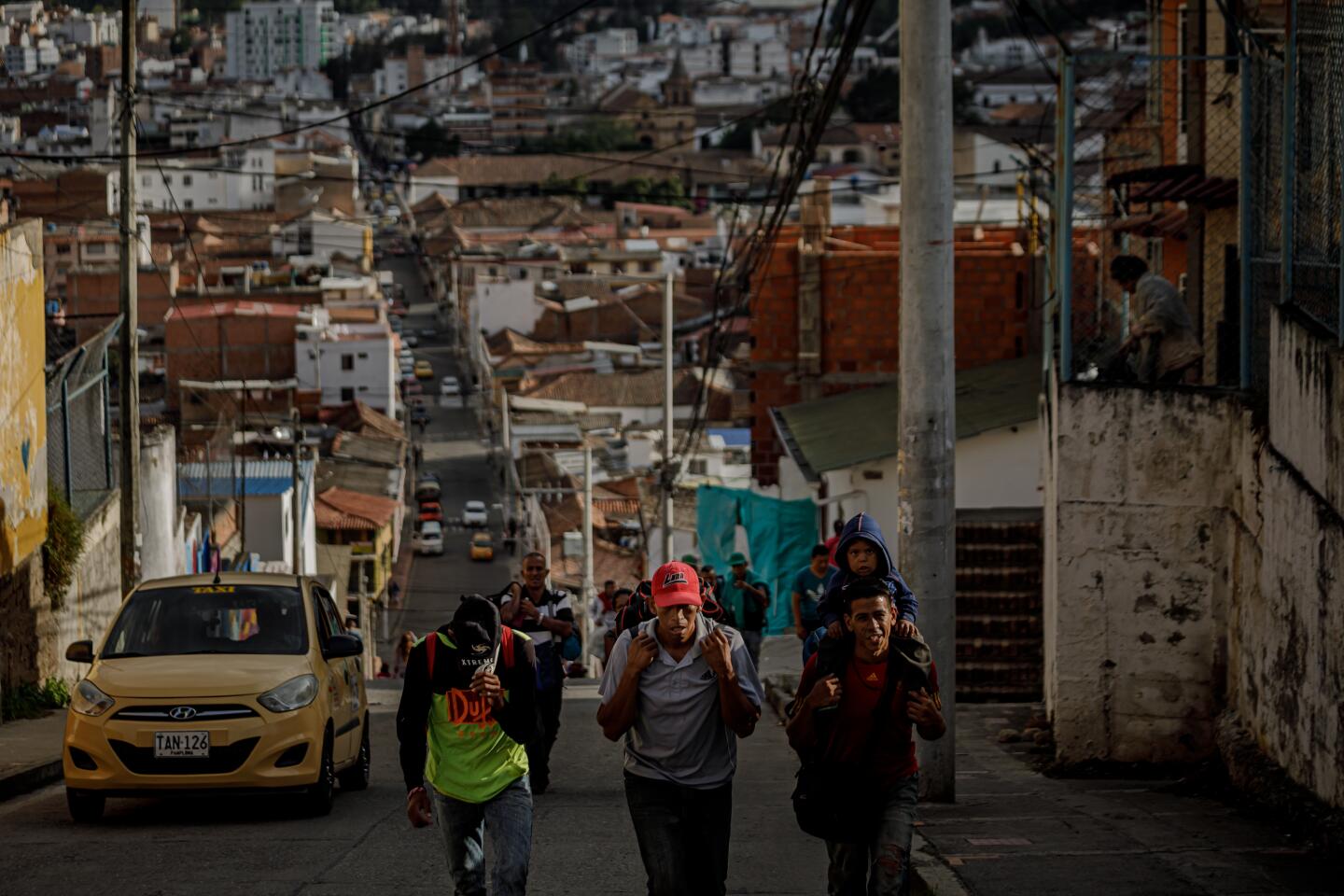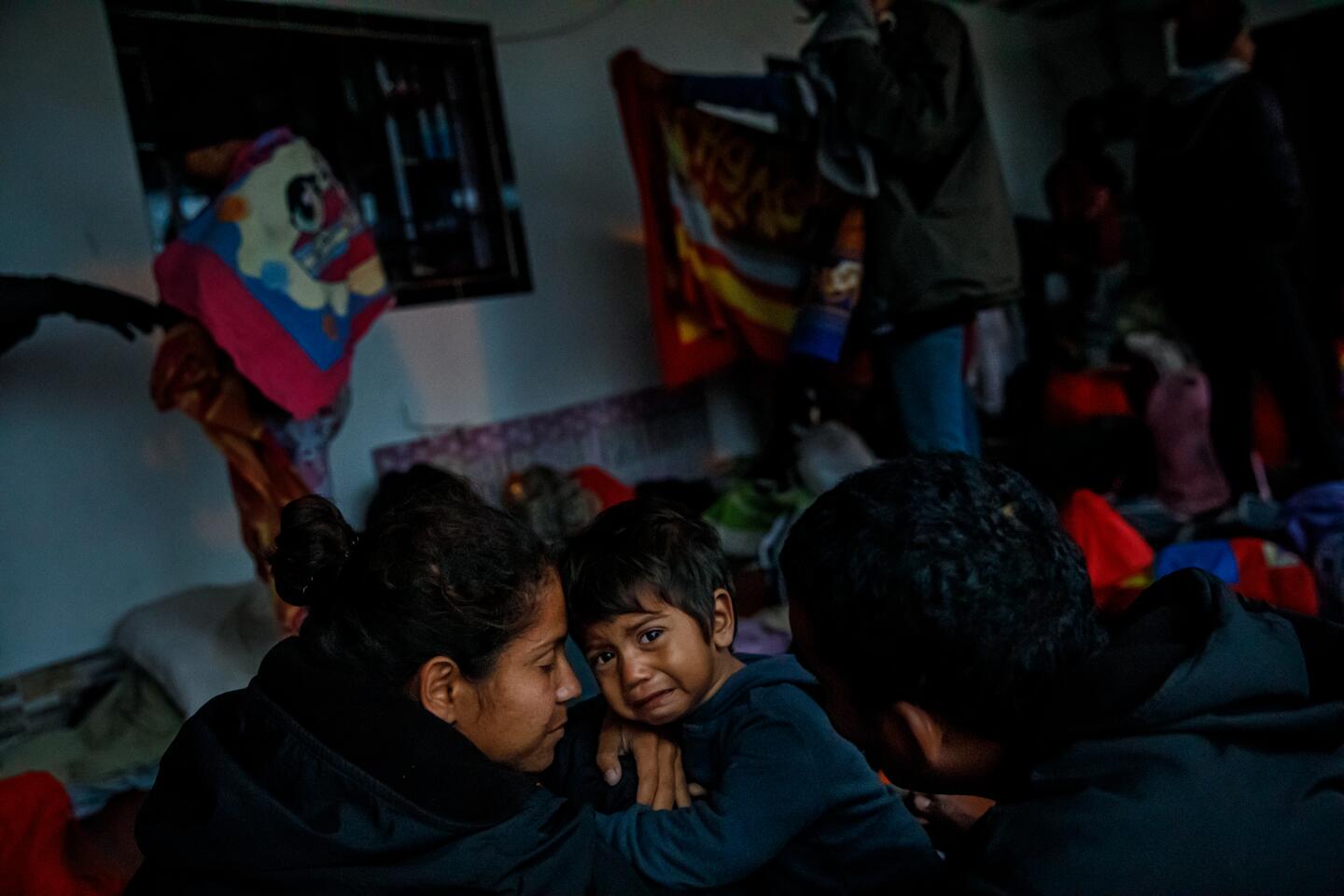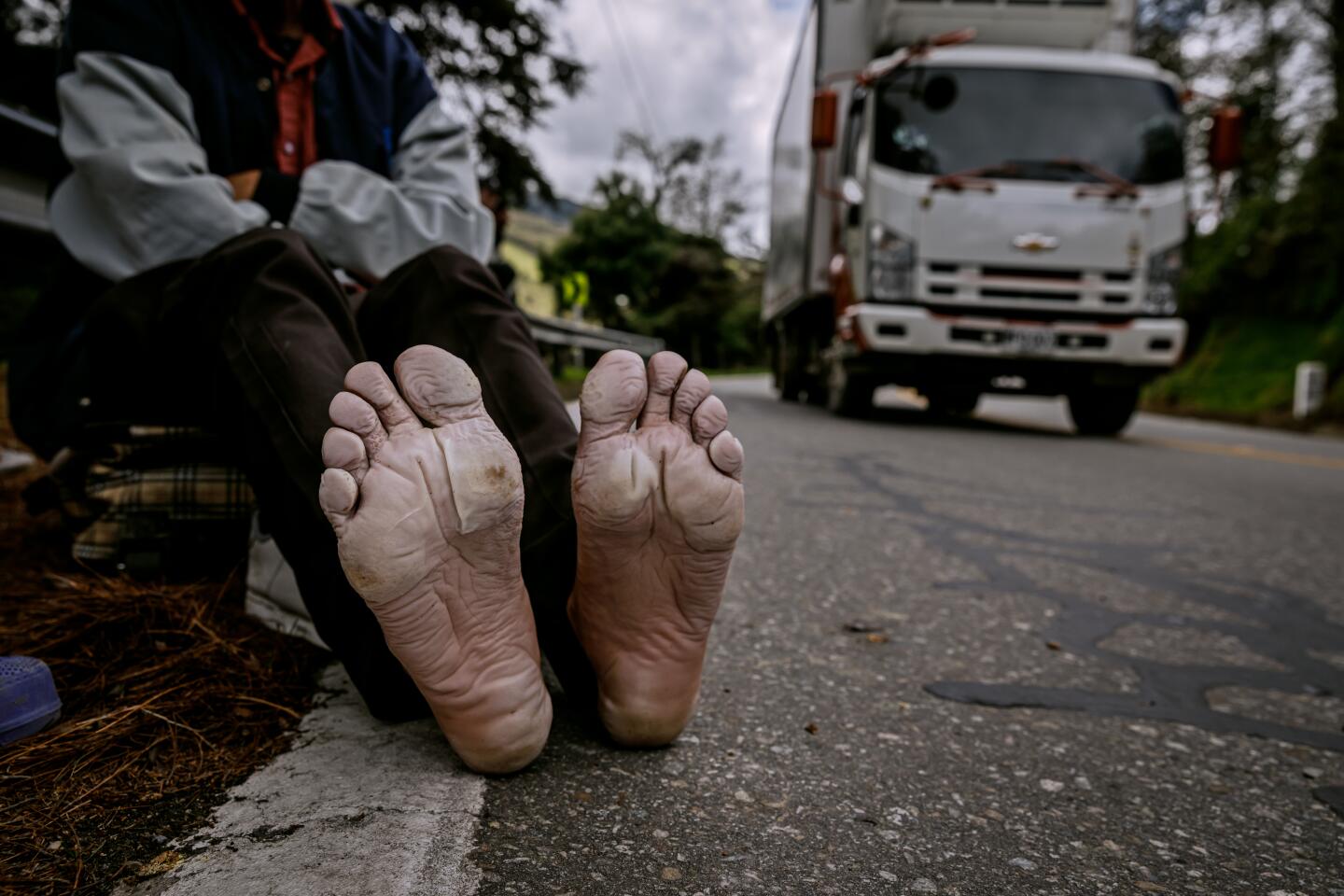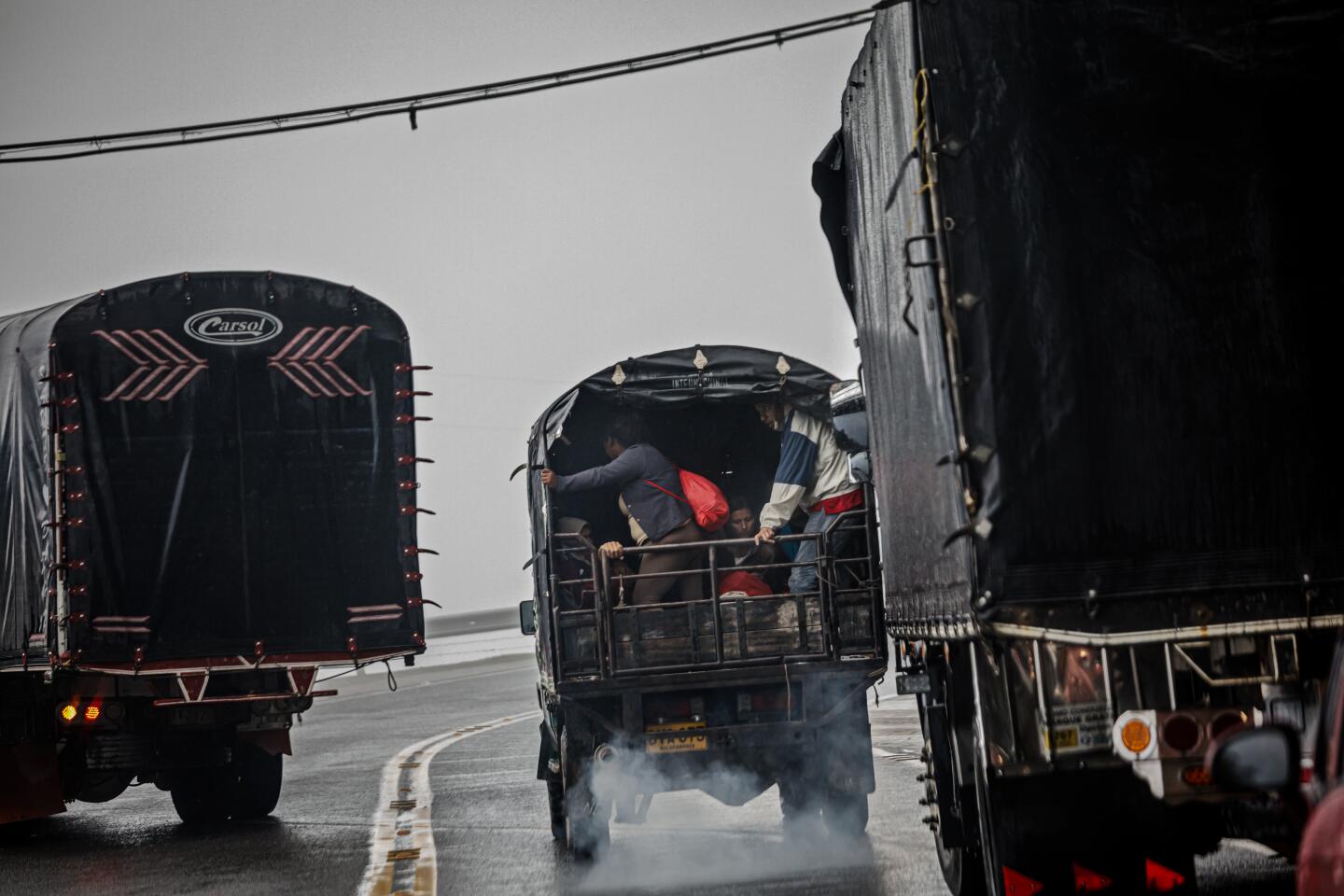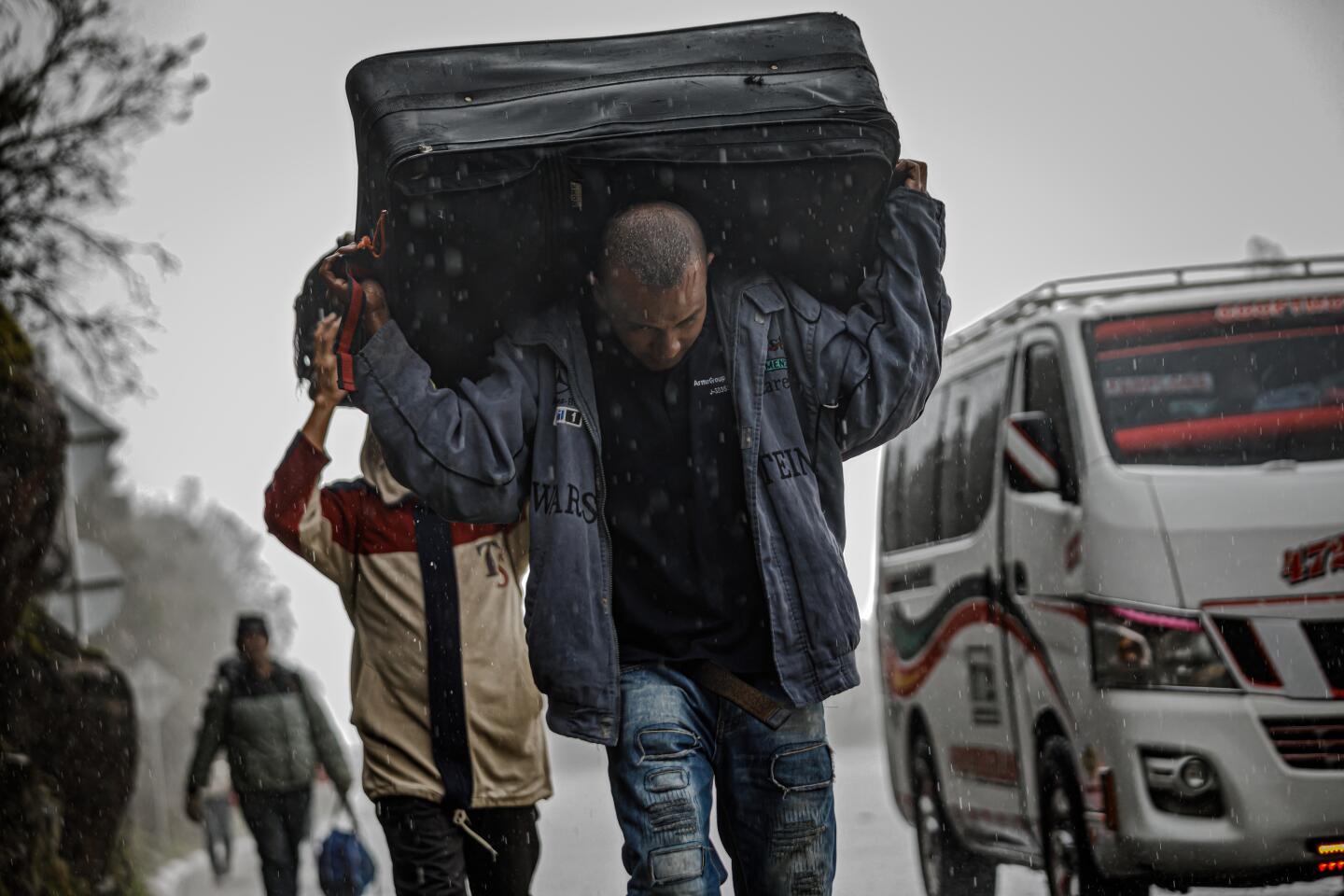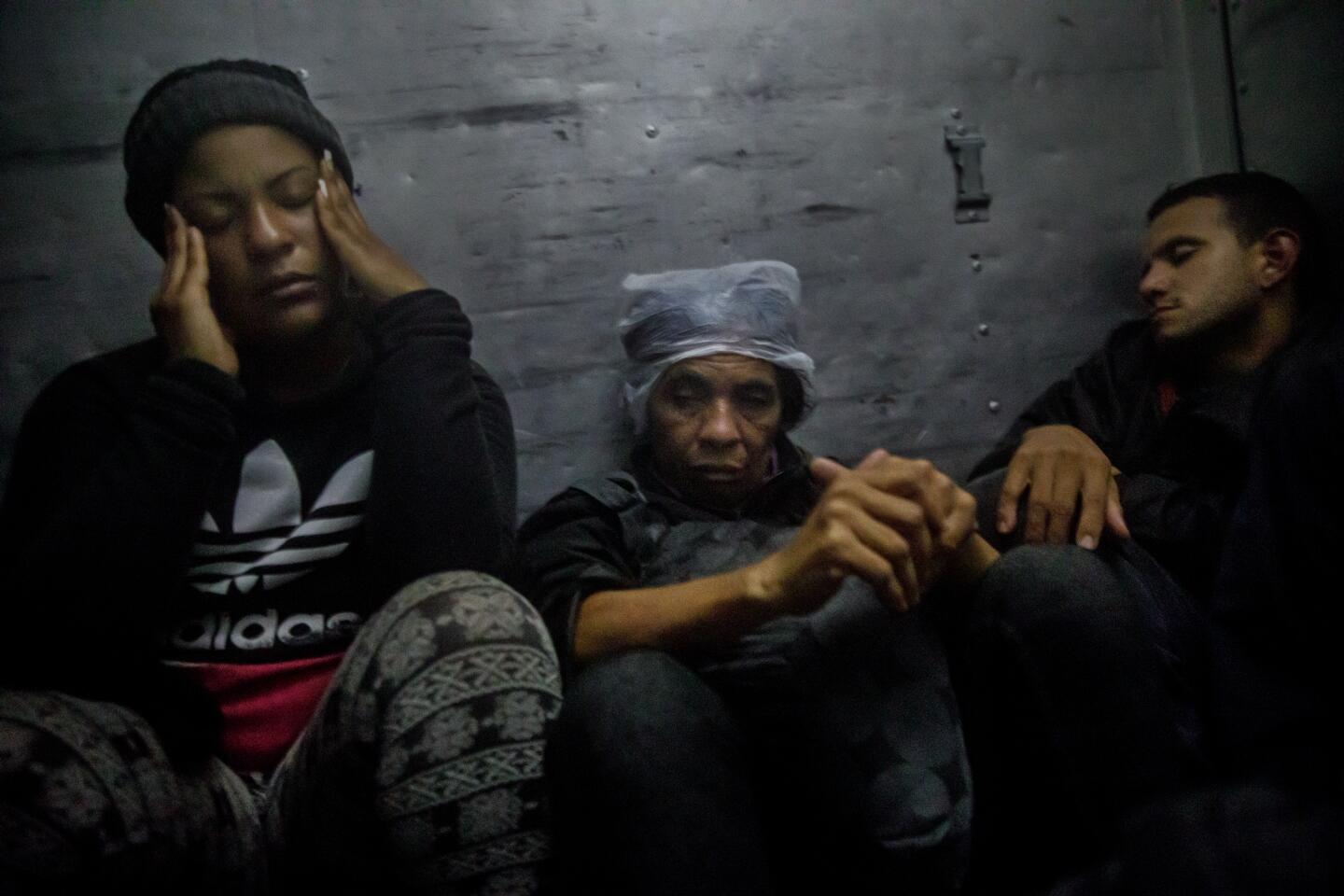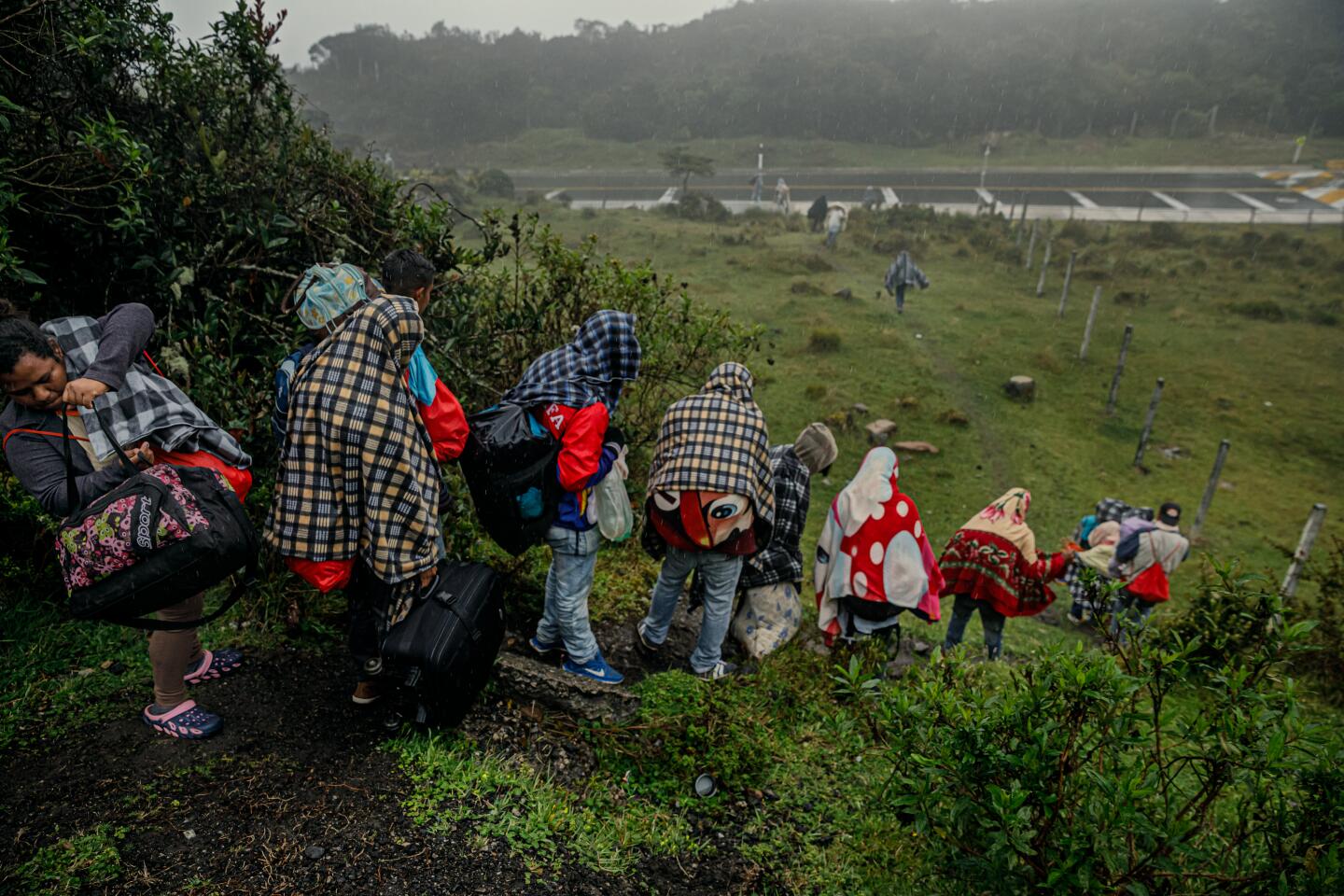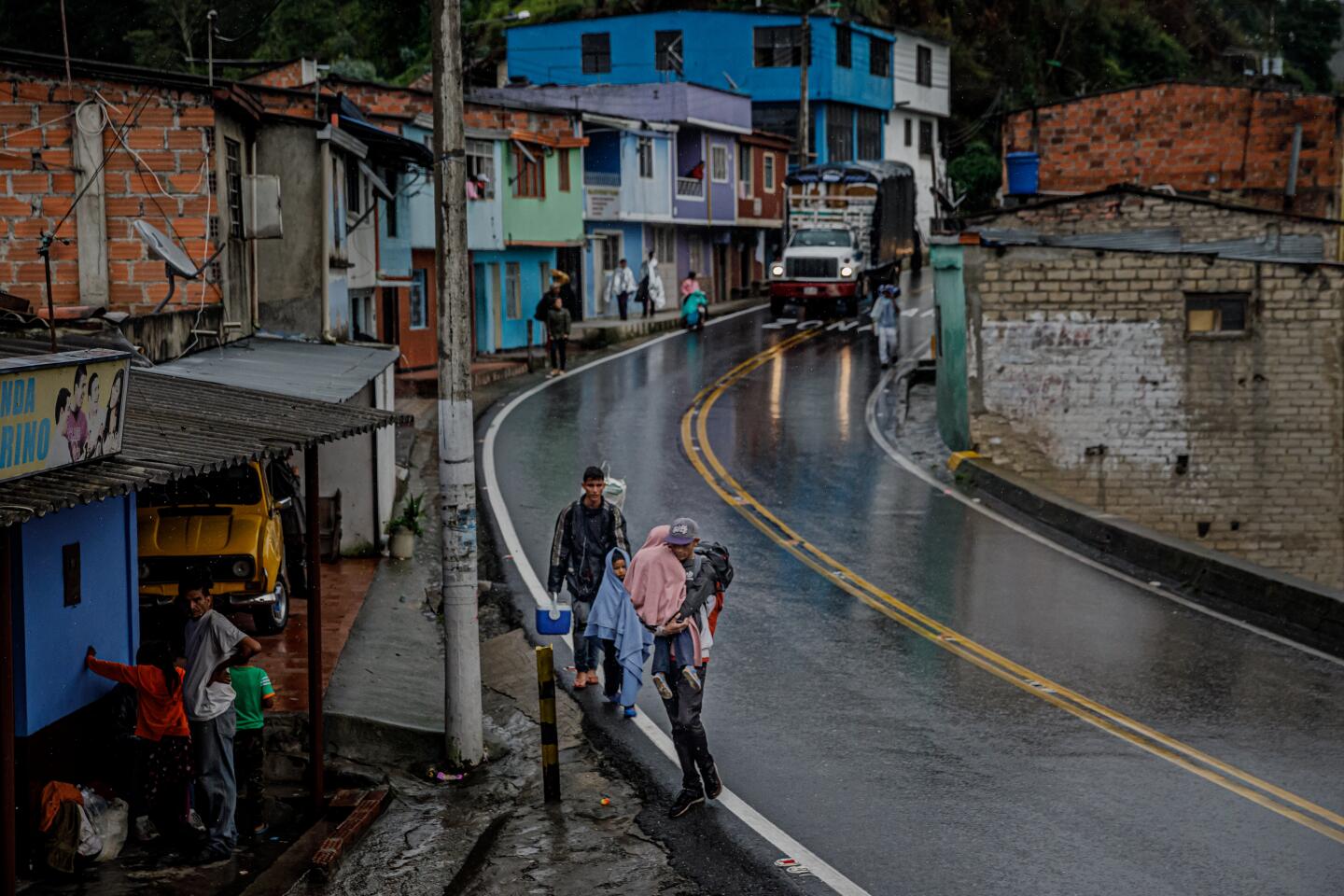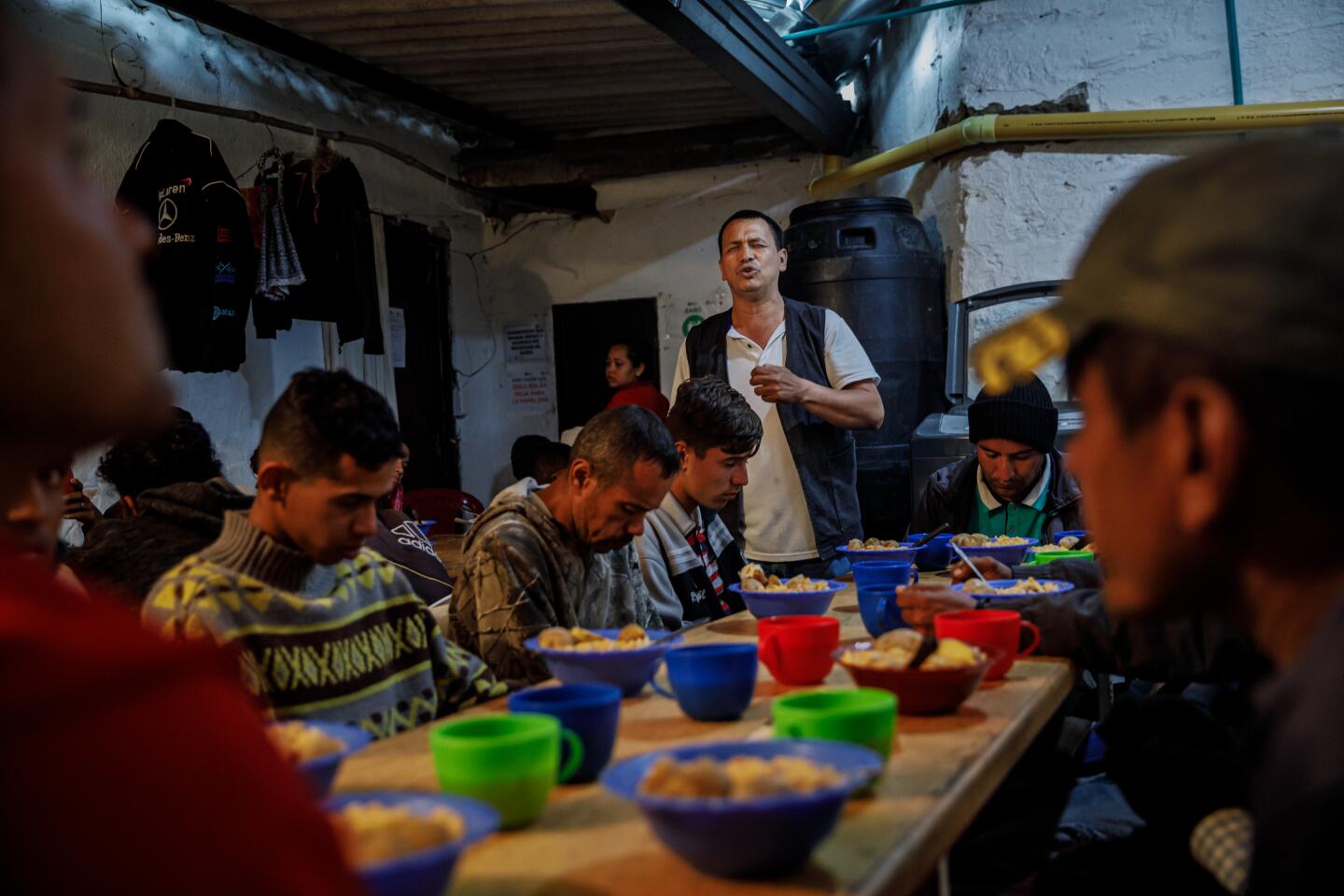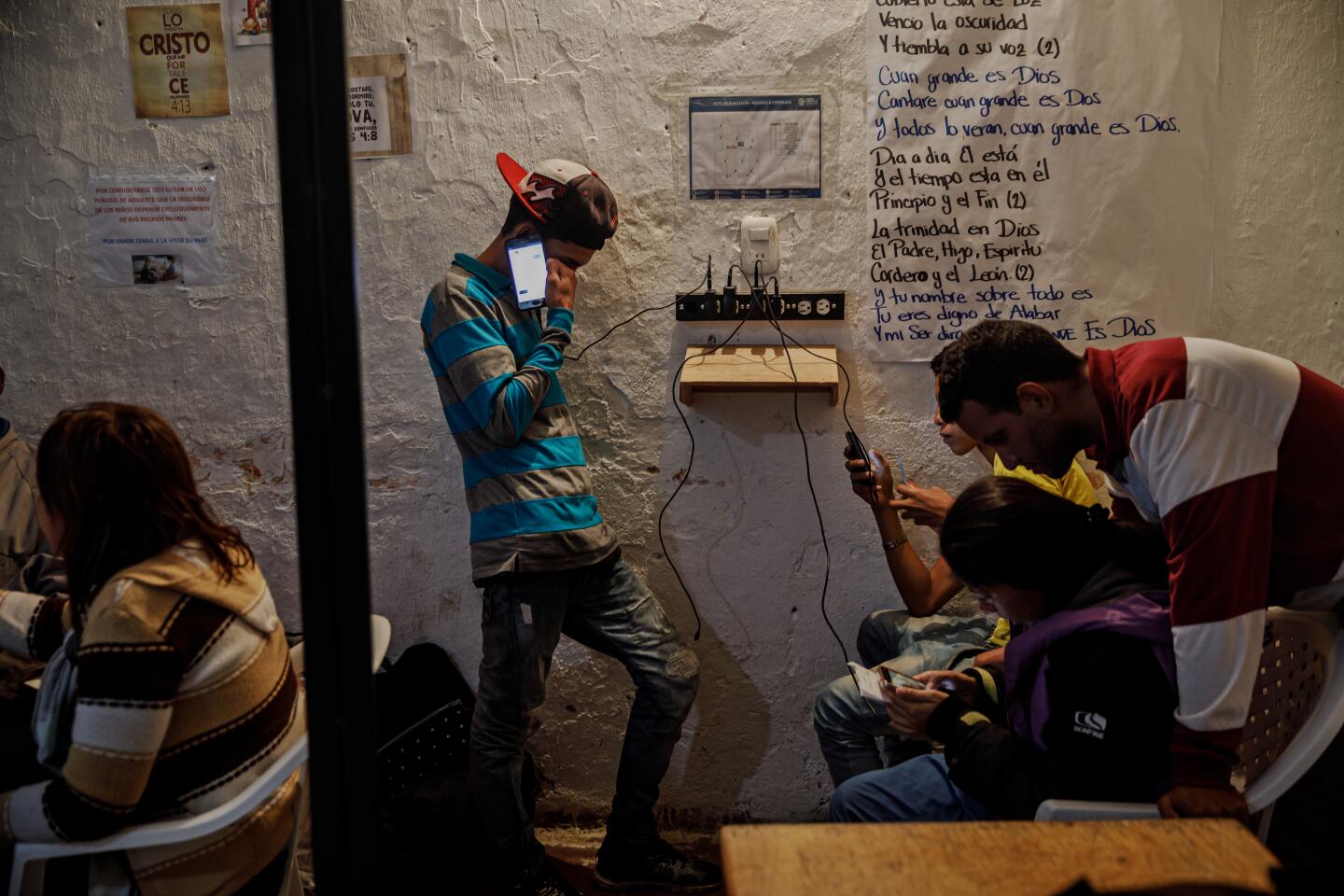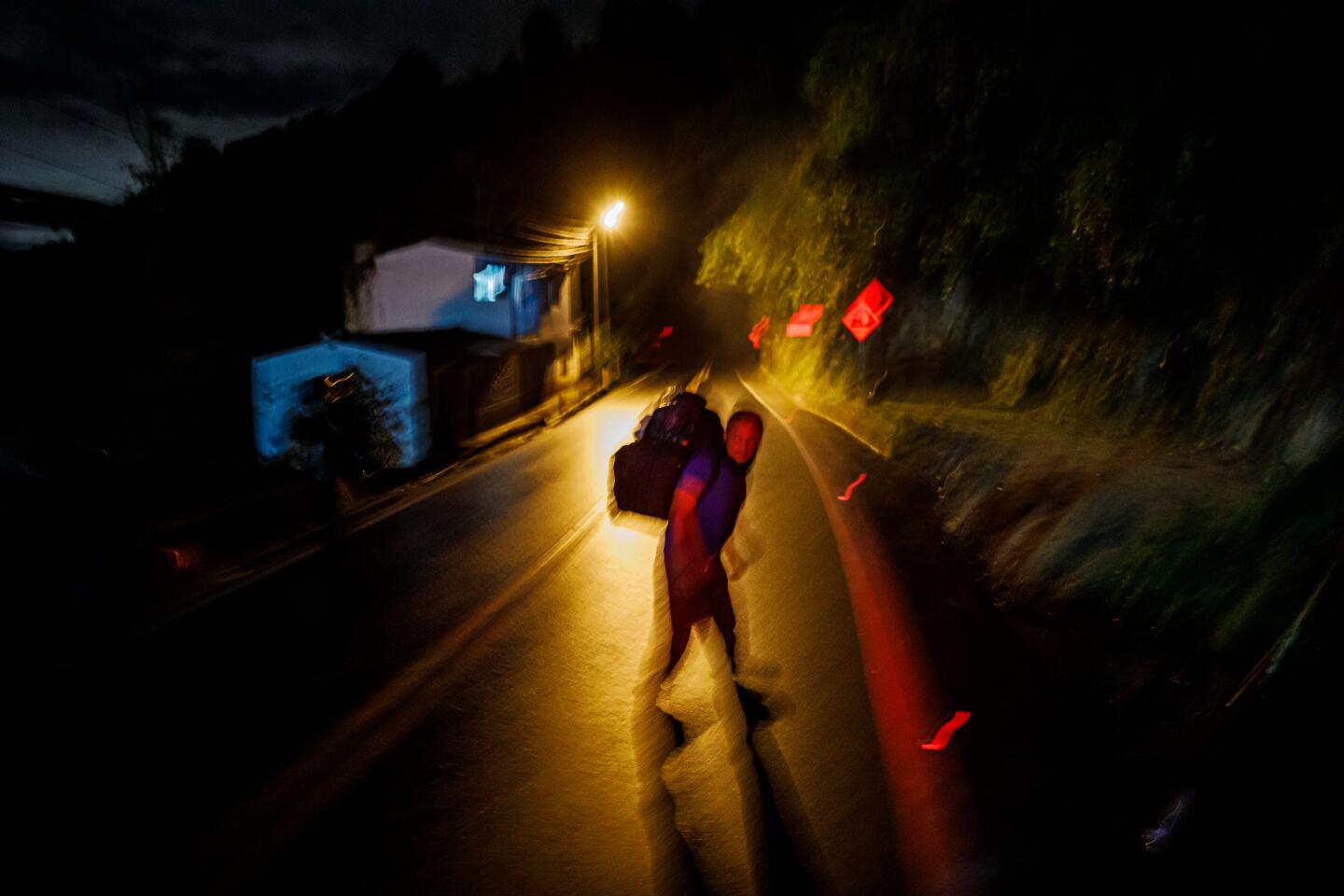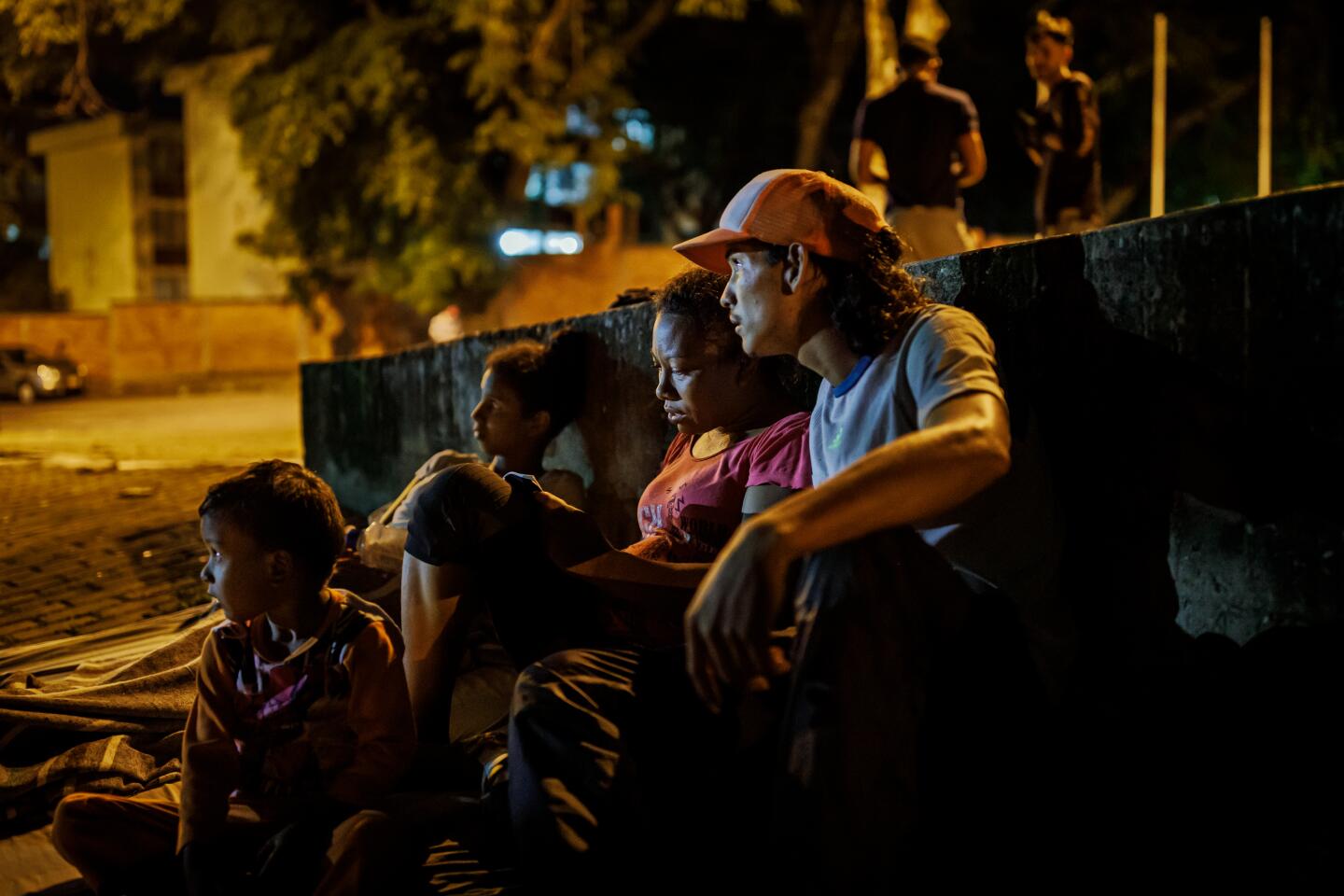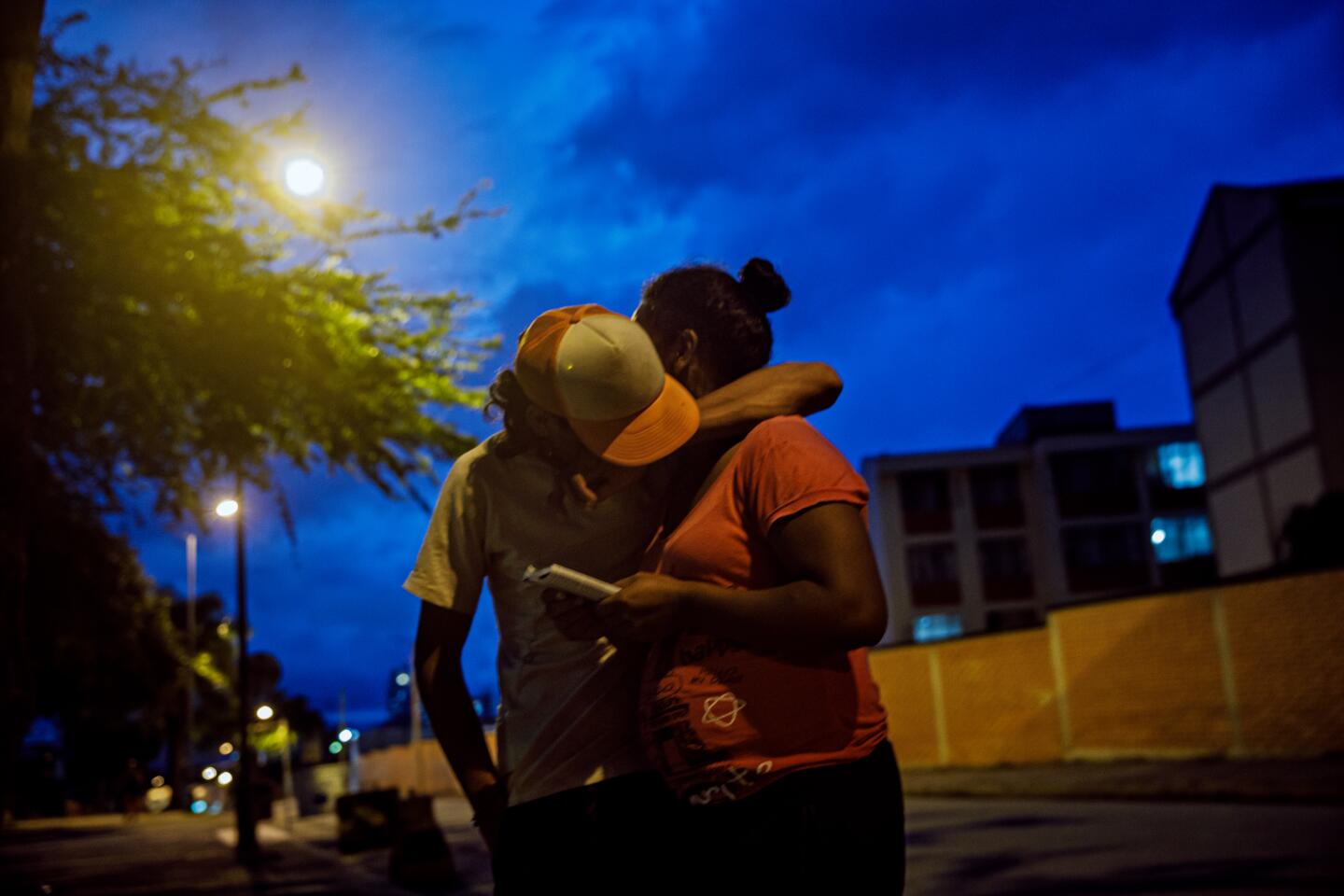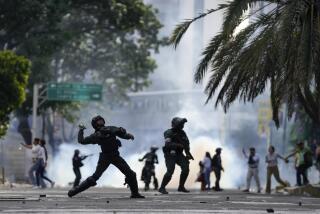Behind the story: Reporting on Venezuela exodus hits home
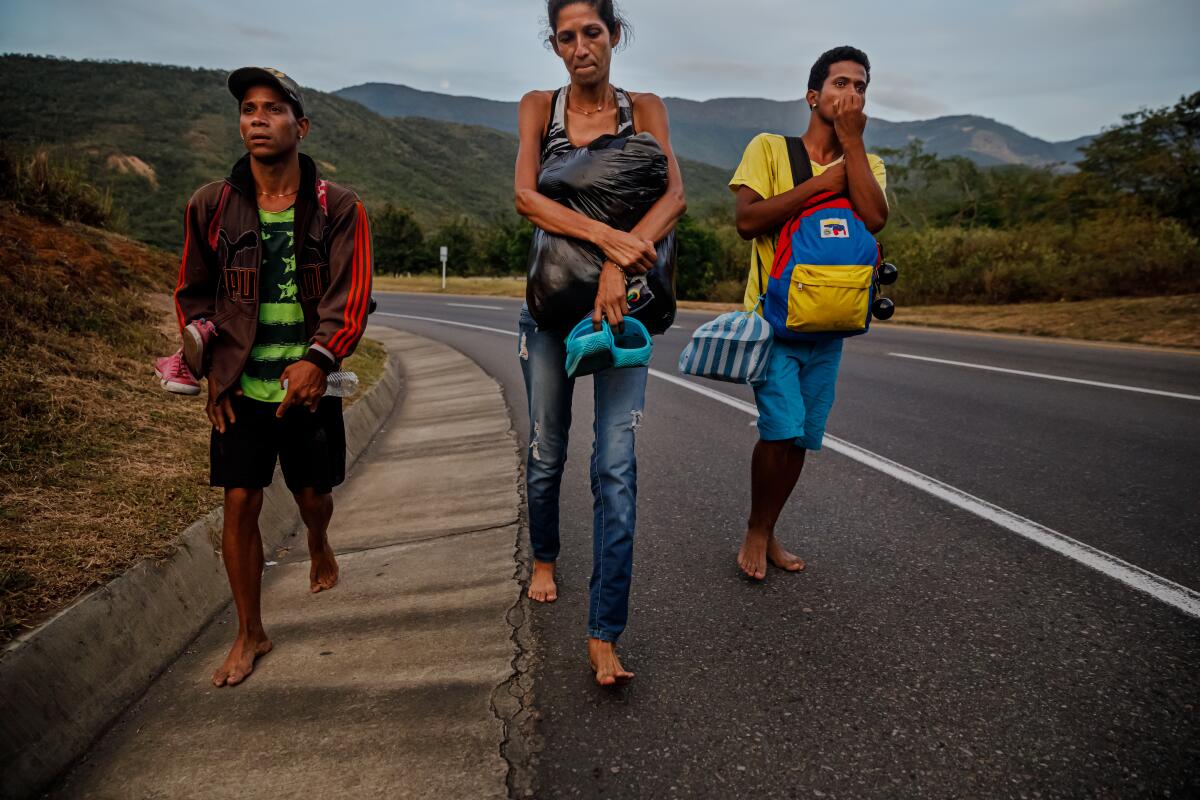
The shoulder of the highway from the Venezuelan border to the Colombian city of Bucaramanga is littered with empty tuna cans, broken shoes and plastic bottles.
Hundreds of Venezuelans flee into Colombia each day to start this 125-mile journey on foot. They’re known as the caminantes, or walkers, and they are the latest wave in an exodus that is only growing as their country’s economic crisis deepens.
Because I have family in Venezuela, the crisis is personal. In 2018, two of my cousins spent four days on buses, carrying little more than some clothes and bread to start over in Peru. In WhatsApp messages, they described looking out the bus window and seeing others trudging along the side of the road.
I wanted to know more about that journey, what the travelers were thinking and feeling in real time. The only way would be to walk with them — not for an hour or a day, but for the first segment of what for many would be a much longer trip. So photographer Marcus Yam and I flew to Colombia.
When most travelers reach the fork at Bucaramanga, they head west toward Medellín and Cali, or south toward the capital, Bogotá.
Marcus and I walked with the migrants for the majority of the trip, but unlike most of them, we slept in hostels and ate at least one full meal a day.
The departure of the Venezuelan caminantes, or walkers, began slowly in 2017 with young men hoping to find jobs and send money home. Now entire families are among the 5,000 people fleeing through Colombia every day.
We had hired a driver to stay near us — but just out of sight — in case we ran into trouble or had to double back or leapfrog ahead to interview certain people. That felt wrong when so many around us were struggling to cover the distance on foot and could have used a ride.
But we were there to cover the story, not to be part of it. Still, there were constant temptations to break out of our roles as mere observers, and we did so on a few occasions.
One of those came on the third day of walking, when we came across dozens of migrants waiting in the rain for the Red Cross to distribute food and clothes. It was there I met 16-year-old Josue Moreno.
Josue shivered in a polo shirt and jeans. He and a friend shared a thin gray hoodie, trading off wearing it every few hours.
Red Cross workers required that everyone hand over an ID as a placeholder in line, saying that it prevented people from doubling up on donations. But Josue’s wallet had been stolen back at the border, so he’d been turned away.
I approached one of the Red Cross officials and asked why exceptions weren’t made for people like Josue. Many travelers had similar stories of being robbed.
The worker considered it, then added Josue to the queue. He received his first meal in more than a day and a fleece blanket.
Another time was on our last day of walking when we met a truck driver who charged migrants 1,000 pesos, about 30 cents, for an hour-and-a-half ride across the feared Páramo de Berlín — a plateau 10,500 feet above sea level where freezing temperatures are common.
Most people pooled their money and climbed into the back. Yosmary Aular and her 13-year-old son and niece were the last ones left. She pleaded with the driver, wiping away tears as she explained that she had no money and was afraid to be stuck again overnight in the cold.
The driver refused. As he got ready to close the truck bed, he told Marcus and me to hop in. We hesitated and then looked at each other in silent agreement. I told the driver we would give up our spots for Yosmary and the children.
“All right,” he relented. “Everyone get in.”
In the months since that trip, I’ve kept in touch with many of the people I met.
Leidy Paredes stayed near Bucaramanga and found work at a restaurant.
As of a few weeks ago, Ana María Fonseca Pérez was at a Colombian town near the border with Ecuador. She’s still hoping to reunite with her son in Peru.
And Yosmary made it to Quevedo, a town in central Ecuador. She has struggled to find work and is desperately homesick.
“Here in Ecuador, the situation is also tough,” she told me. “Life isn’t easy.”
We don’t know what happened to so many of the other people we met on the long walk.
More to Read
Sign up for Essential California
The most important California stories and recommendations in your inbox every morning.
You may occasionally receive promotional content from the Los Angeles Times.
